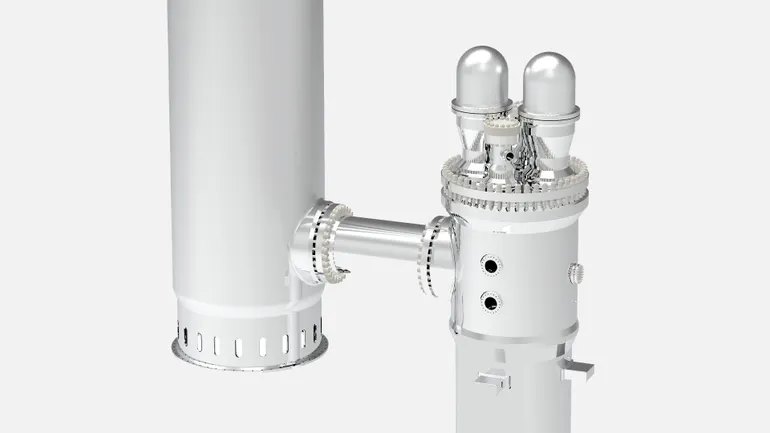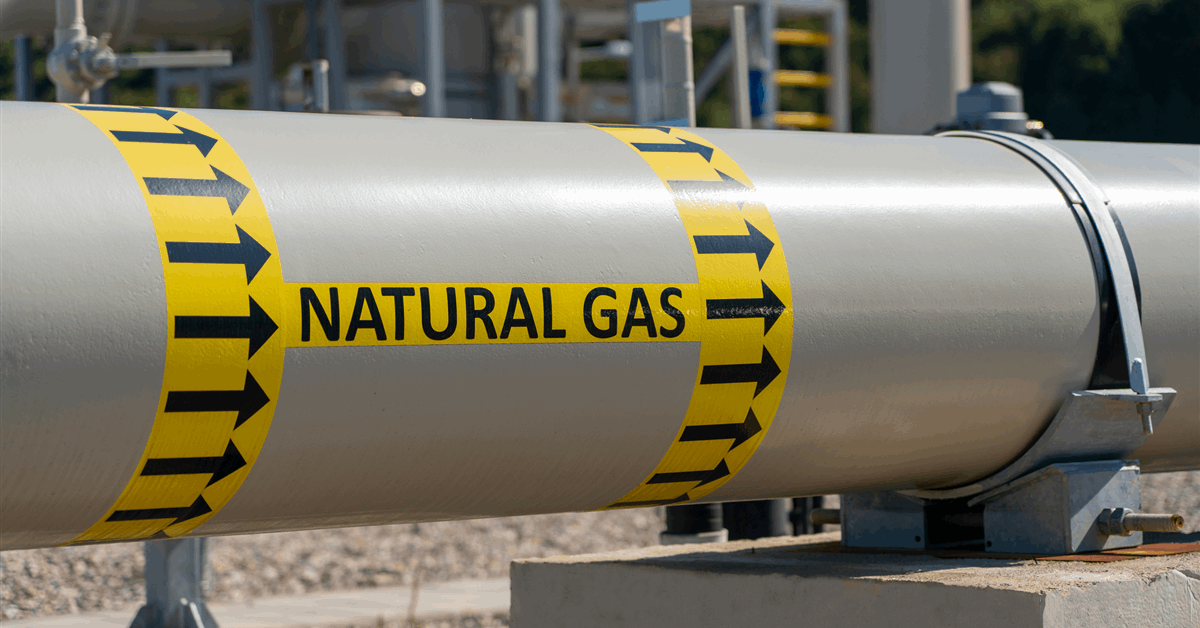
Dive Brief:
- The U.S. Nuclear Regulatory Commission could approve construction of X-energy’s first commercial small modular reactor deployment by the end of 2026, the company said Monday.
- The 18-month review timeline would be significantly faster than the 36 months NRC says it takes to review a typical construction permit application and the 30 months X-energy advised in March. The accelerated timeline is due in part to the “completeness and quality of the application, and the effectiveness of pre-application engagements” since 2018, X-energy said.
- The four-reactor, 320-MWe plant would provide heat and power for Dow’s UCC Seadrift petrochemical plant on the Texas Gulf Coast, replacing a fossil-fuel cogeneration plant. Dow “does not expect to make a final investment decision on the project before 2028,” Dow Media Relations Director Sarah Young said in an email.
Dive Insight:
A final investment decision in or after 2028 would likely come as the NRC reviewed the project’s operating license application, the second of two steps in the Part 50 licensing process Dow is pursuing.
In March, Dow and X-energy said construction could begin “once the permit is received and upon Dow confirming the ability to deliver the project while achieving its financial return targets,” which depend on the cost of energy produced at the plant being “competitive with other alternatives for firm, clean energy … net of all subsidies,” they said.
A “clear, well-defined regulatory pathway” is helpful for X-energy as it continues work on its Xe-100 reactor design, fuel fabrication, supply chain and workforce development, all of which are “critical to the timely completion of the project,” CEO J. Clay Sell said in an email.
X-energy subsidiary TRISO-X is building a fuel fabrication facility in Tennessee to supply the Seadrift plant and subsequent deployments, Sell said. In April, the U.S. Department of Energy said it would give TRISO-X and four other advanced nuclear companies early supplies of the high-assay, low enriched uranium needed to fuel their reactors.
X-energy will use that HALEU in the first core loads at Seadrift, Sell said. Civilian supplies of HALEU remain scarce in the United States amid a looming ban on uranium imports from Russia, a key supplier.
If the Dow, X-energy and NRC timelines hold, the Seadrift plant — also known as Long Mott — would likely begin construction in time to qualify for the technology-neutral investment tax credit authorized by the Inflation Reduction Act of 2022. An earlier version of Congressional Republicans’ budget bill would have sunsetted those credits later this decade for new nuclear reactors, but the Senate Finance Committee on Monday released an updated draft allowing nuclear projects that begin construction by 2033 to qualify for the full credit amount.
The Xe-100 is one of two advanced reactor designs in DOE’s $2.5 billion Advanced Reactor Demonstration Program. The other is TerraPower’s Natrium, which combines a 345-MWe sodium-cooled fast reactor with a molten salt storage system that allows plant output to follow demand.
TerraPower applied for a construction permit on its first commercial demonstration plant in Wyoming in March 2024 and began non-nuclear construction the following June.
The TerraPower project would supply power to the southwestern Wyoming grid near the three-unit, 604-MW Naughton power plant. Rocky Mountain Power plans to convert Naughton’s two remaining coal-fired units to gas next year.
Though it would be colocated at the Seadrift site and supply both steam and power to Dow’s operations there, Dow and X-energy expect the Long Mott plant to have a grid connection as well, Young said.





















